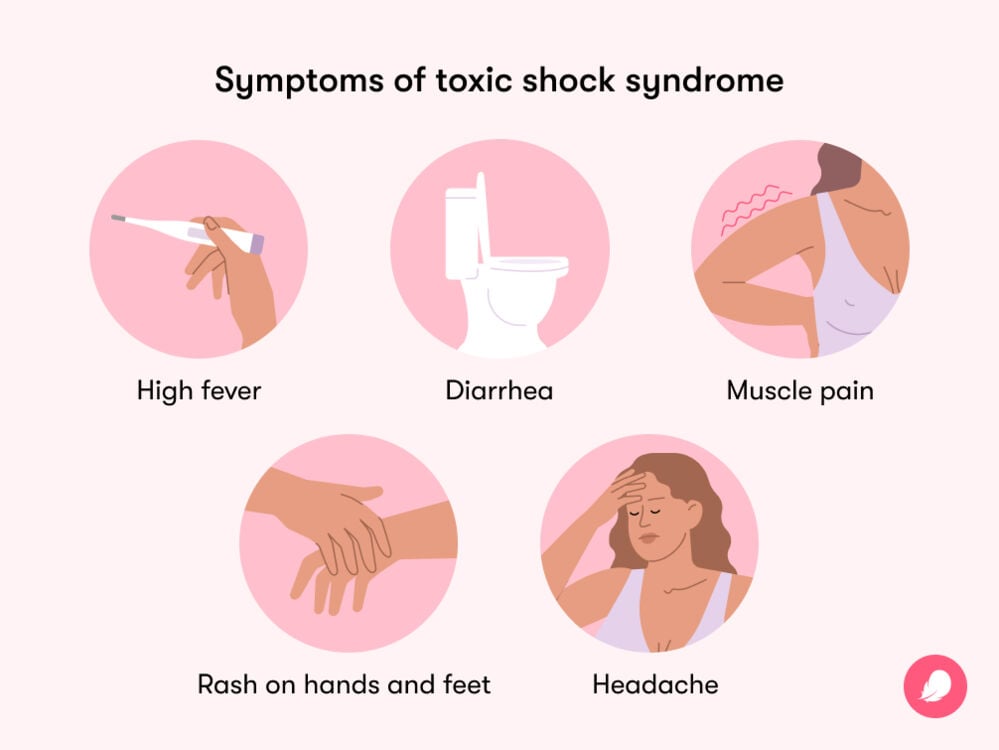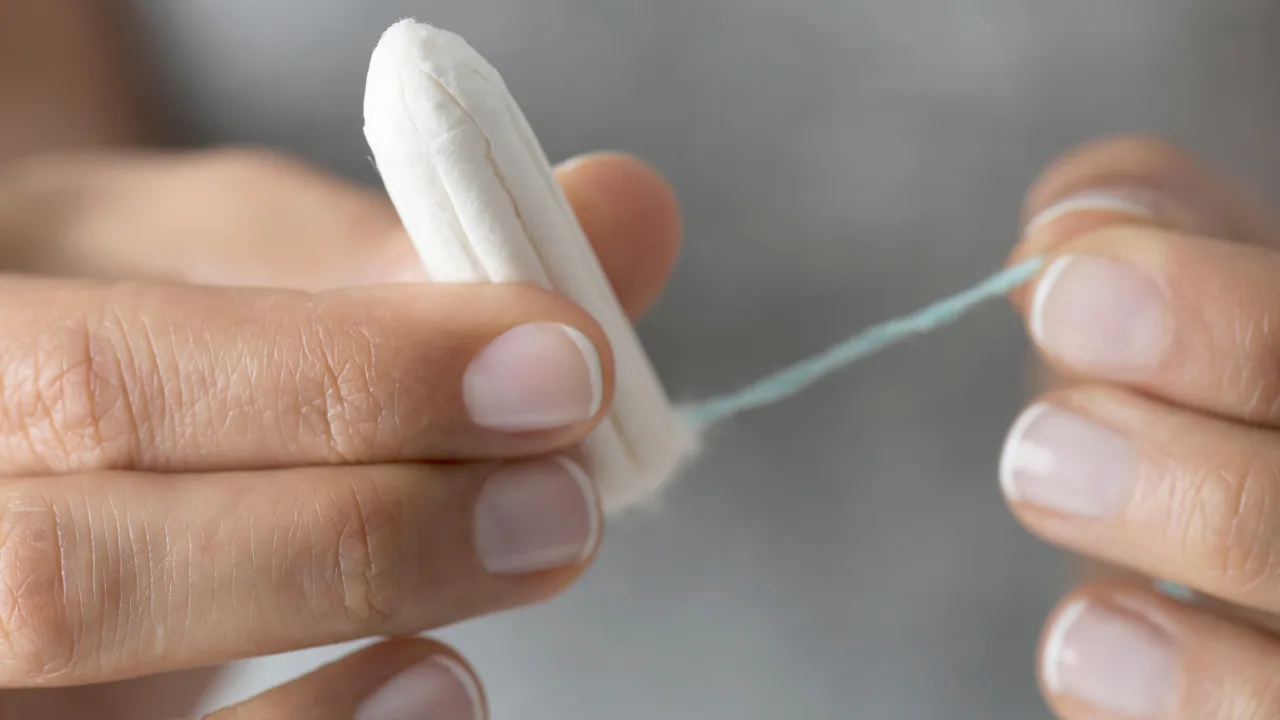Emily’s Wake-Up Call: A Near-Fatal Case of Toxic Shock Syndrome
Emily’s life took an unexpected and terrifying turn. What began as a typical day, marked by her usual menstrual routine, rapidly escalated into a life-threatening medical emergency. Years of using tampons without incident led to a fateful oversight: falling asleep with a tampon in place. This seemingly insignificant mistake nearly cost her her life.
A Sudden and Severe Illness
The morning brought a cascade of alarming symptoms. A rash erupted across her body, accompanied by a debilitating wave of hives. Feeling profoundly unwell, Emily initially dismissed it as a simple allergic reaction. However, as her condition worsened dramatically, a trip to the doctor revealed a far more sinister diagnosis: Toxic Shock Syndrome (TSS).

The severity of her illness necessitated immediate hospitalization. Two weeks of intensive treatment followed, a grueling battle for survival that ultimately ended in a miraculous recovery. Emily’s harrowing experience served as a stark reminder of the potential dangers lurking within a seemingly mundane practice.
Understanding Toxic Shock Syndrome (TSS)
What is TSS?

Toxic Shock Syndrome is a severe bacterial infection, a potentially fatal condition triggered by toxins released by *Staphylococcus aureus* or *Streptococcus pyogenes* bacteria. These toxins invade the bloodstream, causing widespread damage and potentially leading to organ failure. While relatively uncommon, TSS is incredibly dangerous, demanding swift medical intervention for survival.
The Link Between TSS and Tampon Use

The link between TSS and tampon use is well-established. Prolonged tampon use creates an ideal breeding ground for bacteria. Super-absorbent tampons, designed to absorb large volumes of menstrual fluid, ironically exacerbate this risk. The absorbed fluid provides a rich environment for bacterial growth and toxin production, leading to the development of TSS. Leaving a tampon in for extended periods, especially overnight (beyond the recommended 4-8 hours), significantly elevates the risk.
Recognizing the Warning Signs
Early Detection is Crucial

The insidious nature of TSS necessitates vigilance. Symptoms often mimic other illnesses, making early recognition crucial. A sudden, high fever often marks the onset. A sunburn-like rash, dizziness or fainting spells, muscle aches, nausea, vomiting, and dangerously low blood pressure are all potential indicators. If you experience any of these symptoms, especially after tampon use, immediate removal of the tampon and urgent medical attention are imperative.
Preventing Toxic Shock Syndrome: Simple Steps, Significant Impact
Minimizing Your Risk

The good news is that TSS is largely preventable. Adopting simple, yet effective, practices dramatically reduces the risk. Prioritizing proper tampon usage, regular changes, and diligent hygiene are key.
Practical Prevention Strategies
- Choose Low Absorbency Tampons: Opt for the lowest absorbency that suits your flow. Super-absorbent tampons increase bacterial growth potential.
- Regular Changes are Essential: Change tampons at least every 4-8 hours, depending on your flow. Never leave a tampon in overnight.
- Alternate Tampons and Pads: Consider using pads, particularly on lighter flow days, to provide breaks from tampon use.
- Avoid Overnight Tampon Use: If you must use a tampon before bed, change it immediately before sleep. Pads are a safer alternative for sleeping.
- Prioritize Hygiene: Always wash your hands thoroughly before and after inserting a tampon. Store tampons in a clean, dry place.
The Importance of Taking TSS Seriously
Toxic Shock Syndrome is a life-threatening condition that demands respect. While rare, the potential consequences are devastating. Don’t underestimate the risk. Being informed and proactive about your menstrual health is paramount. Share this information with other women to raise awareness and encourage preventative measures.
Conclusion: Knowledge is Power
Emily’s near-fatal experience underscores the vital importance of understanding and preventing TSS. By adopting these simple preventative measures and seeking immediate medical help if symptoms arise, you can significantly reduce your risk and safeguard your health. Remember, knowledge is your best defense against this serious condition.






